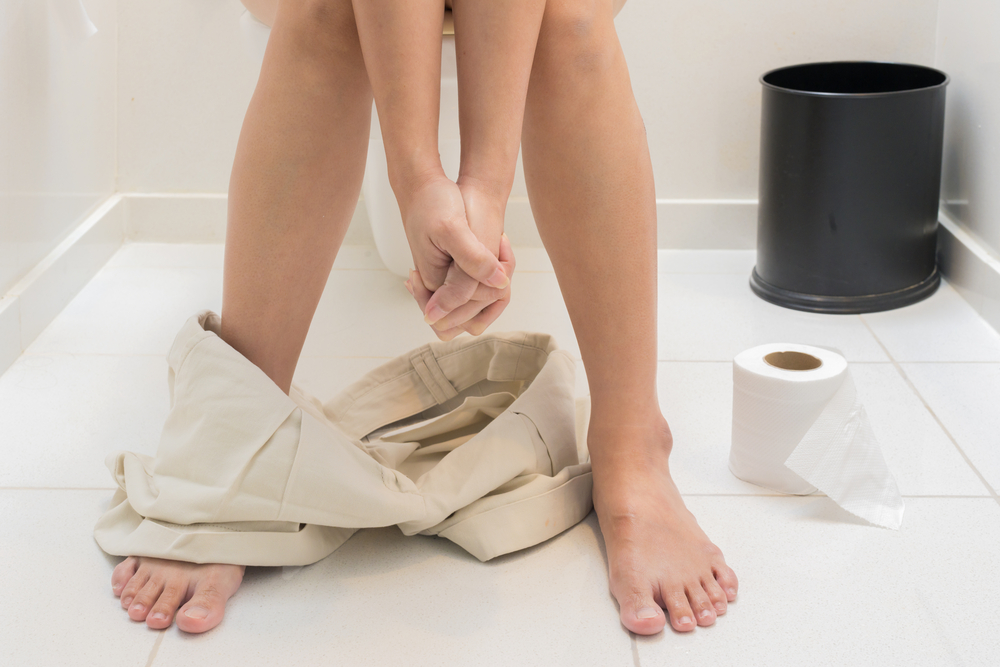Contents:
- Medical Video: About the Treatment for Exercise-Induced Asthma
- What is exercise-induced asthma?
- What causes exercise-induced asthma?
- What are the symptoms of exercise-induced asthma?
- How to diagnose exercise-induced asthma?
- Handling and regulating exercise-induced asthma
- Treatment for treating exercise-induced asthma?
- What kind of exercise is good for people with exercise-induced asthma?
Medical Video: About the Treatment for Exercise-Induced Asthma
Everyone needs exercise, even people who have asthma! A strong body is one of the defenses of disease. Some people with asthma have exercise-induced asthma (EIA). But with good handling and prevention and appropriate arrangements, you will be able to walk, climb stairs, run, and participate in activities, exercise and exercise without experiencing asthma symptoms. Don't let EIA prevent you from getting an active life or in achieving your dream of becoming an athlete.
What is exercise-induced asthma?
Exercise is a common cause of asthma symptoms. Exercise-induced asthma is a narrowing of the airways in the lungs triggered by strenuous exercise. This causes shortness of breath, wheezing, coughing, and other symptoms during or after exercise. This is usually called exercise-induced asthma (EIA) or exercise-induced bronchospasm (EIB). It is estimated that as many as 80-90% of all individuals who have allergic asthma will experience EIA symptoms while exercising or doing strenuous activities. For teenagers and young adults, this is a common cause of asthma symptoms. Fortunately, with good treatment, monitoring and management, you will still be able to participate in physical activity and exercise and achieve your maximum productivity.
What causes exercise-induced asthma?
When you exercise, you breathe faster as the body's oxygen needs increase. Usually during exercise you will breathe through your mouth, causing the air to become drier and cooler than if you breathe through your nose. This reduces the warmth and moisture that causes bronchospasm. Sports that make you exposed to cold air such as skiing or ice hockey are more likely to cause you symptoms than sports that involve warm and fairly moist air such as swimming. Pollution levels, the amount of pollen, and exposure to other irritants such as cigarette smoke and strong aromas can worsen EIA symptoms. Cold air or a history of asthma can make it harder for you to exercise.
What are the symptoms of exercise-induced asthma?
Symptoms of exercise-induced asthma include:
- Cough with asthma
- Tightness in the chest
- Wheezing
- Unusual fatigue after exercise
- Breath shortly after exercise
Coughing is the most common symptom in EIA and maybe only the symptoms are seen. Symptoms of EIA will begin during exercise and will worsen about 5-10 minutes after stopping exercise. Symptoms will reappear after 20-30 minutes and can gradually worsen. Sometimes, some individuals will experience symptoms of "slow phase" around 4-12 hours after stopping exercise. This slow phase will subside gradually and can take up to 24 hours.
See a doctor if you experience any signs of EIA symptoms. Because some conditions can show the same symptoms, it is very important to get a precise and accurate diagnosis.
Immediately seek emergency treatment if you experience worsening symptoms:
- Breath becomes short or wheezing deteriorates rapidly
- There is no progress after using prescribed inhalers for asthma attacks
How to diagnose exercise-induced asthma?
It is important to know the difference between shortness of breath due to fatigue, exercise-induced asthma. A person who is healthy usually only experiences symptoms of shortness of breath after just a heavy activity. To make a diagnosis, your doctor will recap your medical history and do some checks. During the examination, which may involve a running test or treadmill, your doctor will measure your lung capacity using a spirometer before, during, and after exercise. Monitor your flow before, during, and after exercise can help you and your doctor detect constriction in your airways. Then, using the instructions given by your doctor, you can prevent asthma symptoms, participate and enjoy physical activity. Your doctor will tell you what to do when something happens.
Handling and regulating exercise-induced asthma
With appropriate handling and arrangement, people with EIA can participate safely and reach their maximum potential. Appropriate arrangements are needed to know the steps in preventing symptoms and be careful in monitoring your respiratory status before, during, and after exercise. Taking medication before exercise or strenuous activities can usually help. Individuals who can tolerate sustained exercise with minimal symptoms may find heating that suits their needs for repetitive treatment.
Treatment for treating exercise-induced asthma?
There are 3 types of treatment to prevent or treat EIA symptoms. Your doctor can help determine the best treatment for you according to your asthma condition and the type of activity or exercise you can do.
The first treatment is short-acting beta2-agonists, also called bronchodilators. This treatment can prevent symptoms and must be taken 10-15 minutes before exercise. This can prevent symptoms for 4 hours. This treatment can also be done to treat and reverse the symptoms of EIA when they appear.
The second treatment is long-acting bronchodilator. This should be consumed 30-60 minutes before the main activity and may only be once in a 12 hour period. Samaterol can help prevent EIA symptoms for 10-12 hours. This treatment should only be used to prevent symptoms and never be used to treat symptoms when relapsing because this treatment cannot cure quickly.
The third type of treatment is cromolyn or nedocromil. They should also be consumed 15-20 minutes before the main exercise. There is also evidence to suggest that taking this drug can help prevent the slow phase reaction of EIA experienced by some individuals. All of these treatments are only used for prevention because they do not relieve symptoms when they appear. Some individuals use 1 of these treatments with a combination of short-acting bronchodilators.
If you have symptoms that appear regularly with activity or exercise as usual, consult your doctor. Improvement in the control of long distance treatment can help. Long-term anti-inflammatory treatments such as steroid inhalers, can reduce the frequency and pain of EIA.
Teachers and trainers must be informed if a child has an EIA. They must be informed that the child must be able to participate in activities, but may need treatment before their activities.
What kind of exercise is good for people with exercise-induced asthma?
Activities that only involve a little movement or have a long pause are usually better tolerated, such as walking, volleyball, basketball, and gymnastics or rounds. Swimming which involves warm breath and humid air, can also be tolerated. Aerobic exercise such as running distance, soccer, or basketball usually results in symptoms. In addition, cold sports such as ice hockey or ice skating should also be avoided
It is important to consult with your doctor about how to start an exercise program and challenge yourself. With effective regulation, people with EIA can act and develop in a variety of sports. Many Olympic athletes and professional athletes with EIA have had good developments in their sport and won gold medals.
Remember, with appropriate treatment you can walk, climb stairs, run, and participate in many activities, sports, and exercises without experiencing symptoms. Don't let the EIA prevent you from living an active life or achieving your athletic dreams.












